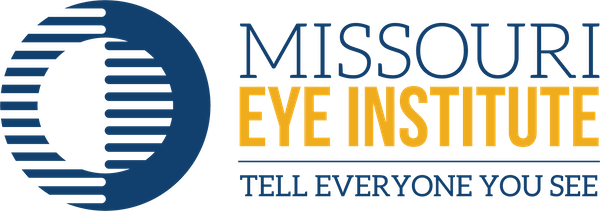
Posted by: Missouri Eye Institute in Blog on December 2, 2021


LASIK vision correction surgery is a popular procedure used to correct nearsightedness, farsightedness, and yes, even astigmatism. It’s natural that curiosity about LASIK never seems to wane – so let’s clear up your questions.
What follows are some of the most frequently asked questions about LASIK and the most current answers to them. Please don’t hesitate to contact Missouri Eye Institute if you have questions of your own that aren’t addressed here.
Thanks to effective anesthetic eye drops that are applied to your eyes before the procedure, LASIK is a virtually painless procedure. Some patients experience a bit of discomfort or dryness during the healing process, but this is usually very tolerable.
It’s not unusual for a LASIK patient to report immediate improvement in vision before they’ve even left the surgical suite. Most will experience great results after 1-2 days as the rapid healing process takes place.
Most patients require just a day or two of recuperation before returning to work. Your surgeon will advise you of when you can safely drive yourself after surgery. The vast majority of our patients drive themselves to their next-day post-operative appointment.
LASIK is widely considered the safest and most effective vision correction procedure available today. In fact, a recent study revealed that eye doctors are 5 times more likely to have vision correction themselves compared to the general public. This level of trust and confidence in the procedure underscores LASIK’s safety and results.
LASIK averages $2,000 to $3,000 per eye nationwide. Compare that to annual eyeglasses prescriptions that can easily exceed $300 per pair – and contact lenses, cleaning solutions and other supplies are even more expensive. Over the course of several decades, you can rack up $25,000 or more in prescription costs, even before taxes and inflation are factored in.
HSA/FSA
If your employer offers a Health Savings Account (HSA) or a Flexible Spending Account (FSA), you can use these funds toward any qualified medical expense, including LASIK. You can contribute up to $2,750 in untaxed contributions in your account, which also helps you save money on LASIK.
In-House Financing
Missouri Eye Institute offers a number of flexible payment plans, so patients can pay for surgery now then make low monthly payments. Our online calculator can help you estimate your payments.
Tax Refund
If you’re fortunate enough to receive a refund on your federal or state income taxes, permanent vision correction is a great place to invest it. It’ll save you thousands in annual prescriptions over time.
Combination
Of course, you don’t have to choose just one method: You can combine payment options. For example, you could pay a portion of your LASIK surgery fees from a tax refund or HSA, then use a payment plan for the balance.
The first step is a thorough consultation to get precise measurements of your eyes. Even if you’ve been told in the past that you’re not a candidate for LASIK, it’s worth revisiting, because your eyes may have changed.
Missouri Eye Institute has helped thousands of patients attain freedom from glasses and contact lenses. Contact us at (800) 383-3831 to schedule an eye exam or visit MissouriEye.com to learn more about our services.
Tags: LASIK Springfield
1531 E Bradford Parkway Ste 100
Springfield, MO 65804
Branson
1000 James F. Epps Rd Ste 2
Branson, MO 65616
Joplin
4500 E 32nd St
Joplin, MO 64804